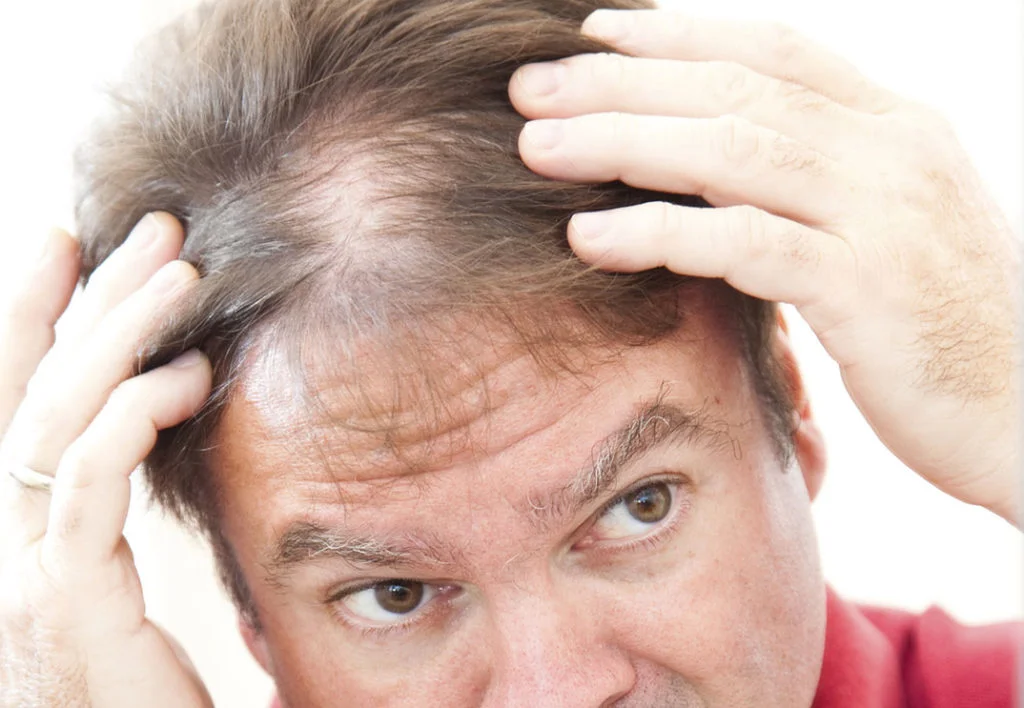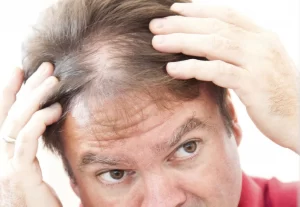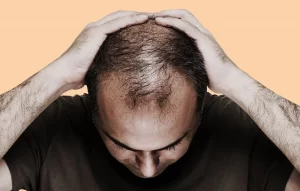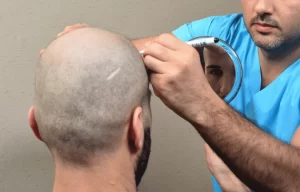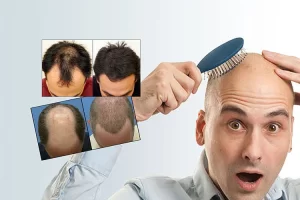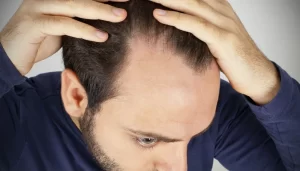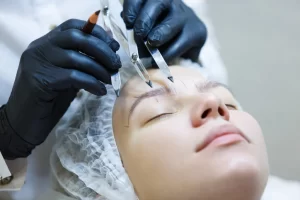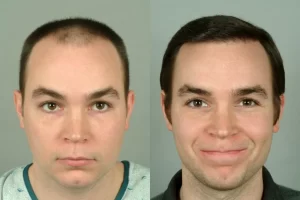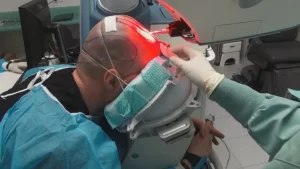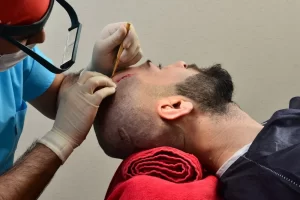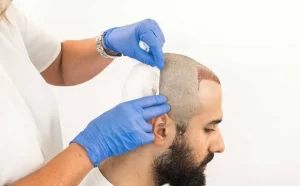In general, our hair falls out during the seasons and when we are stressed. Hair loss due to such reasons is quite normal. Of course, if this situation lasts for months and has become a regular event, it can also be a harbinger of some diseases. For long-term hair loss, it is absolutely necessary to consult a specialist.
About Hair Loss

In order for our new hair to form, our hair follicles have time to grow, rest and regress. These times are divided into periods. 90 to 95 percent of our hair grows. The growth period of the hair on the skin varies between 1 and 7 years. Although hair growth is usually due to genetic factors, climate, age and hormonal factors also affect it.
After the growth period ends, the regression period begins in the hairs. This process takes about 2 weeks. After that, a 3-week rest period continues. At the end of this period, new growing hairs occur. The most permanent solution to hair loss problems is hair transplantation. In addition to hair transplantation, our company also carries out beard transplantation in Antalya.
Hair loss is a symptom of which diseases?
There are also types of hair loss seen in different ways. After some types of hair loss, hair regrows. In some shedding types, the hair follicles are destroyed. As a result, the hair will never grow again.
The results of hair loss and some of the diseases it indicates are as follows:
Telogen Alopecia
It is one of the most common hair types. The hair experiences so much shedding that the sparseness of the scalp can be easily seen during this period. The causes of such hair loss are hormonal disorders, endocrine diseases, postpartum, psychological and metabolic stress, drugs, weight loss, nutritional deficiencies, acute and chronic diseases or surgical interventions.
Tractional Alopecia
Due to the constant combing or collection of hair, it causes the hair to become sparse by experiencing excessive regression.
Alopecia Areata
This ailment is popularly known as ‘ringworm’. It is a rounded shedding in any part of the scalp. The result of the disease can also result in complete loss of hair, body hair or eyebrows.
Androgenetic Alopecia
It starts with a decrease in hair structure and ends with baldness. The hairline on the forehead is preserved by looking different in women and men, and the thinning on the tops becomes more pronounced. This situation increases over the years. As a result, there is a very noticeable thinning of the hair. The cause of this ailment is usually hormonal in women.
This article has been produced with the contributions of Hair-Med.
